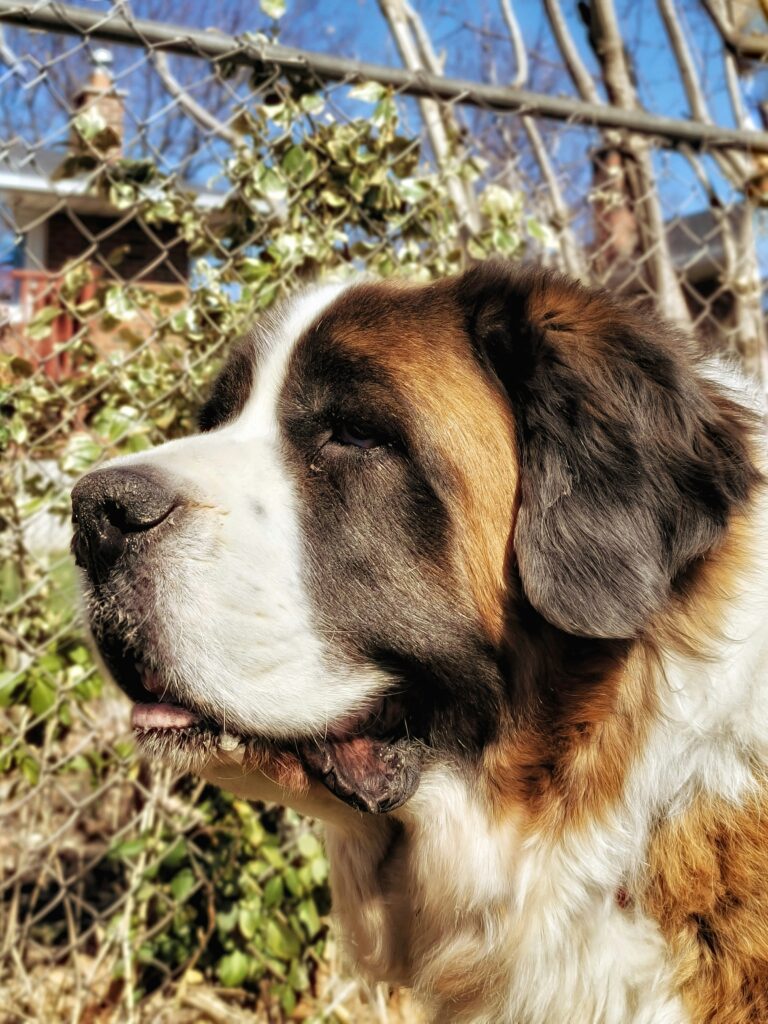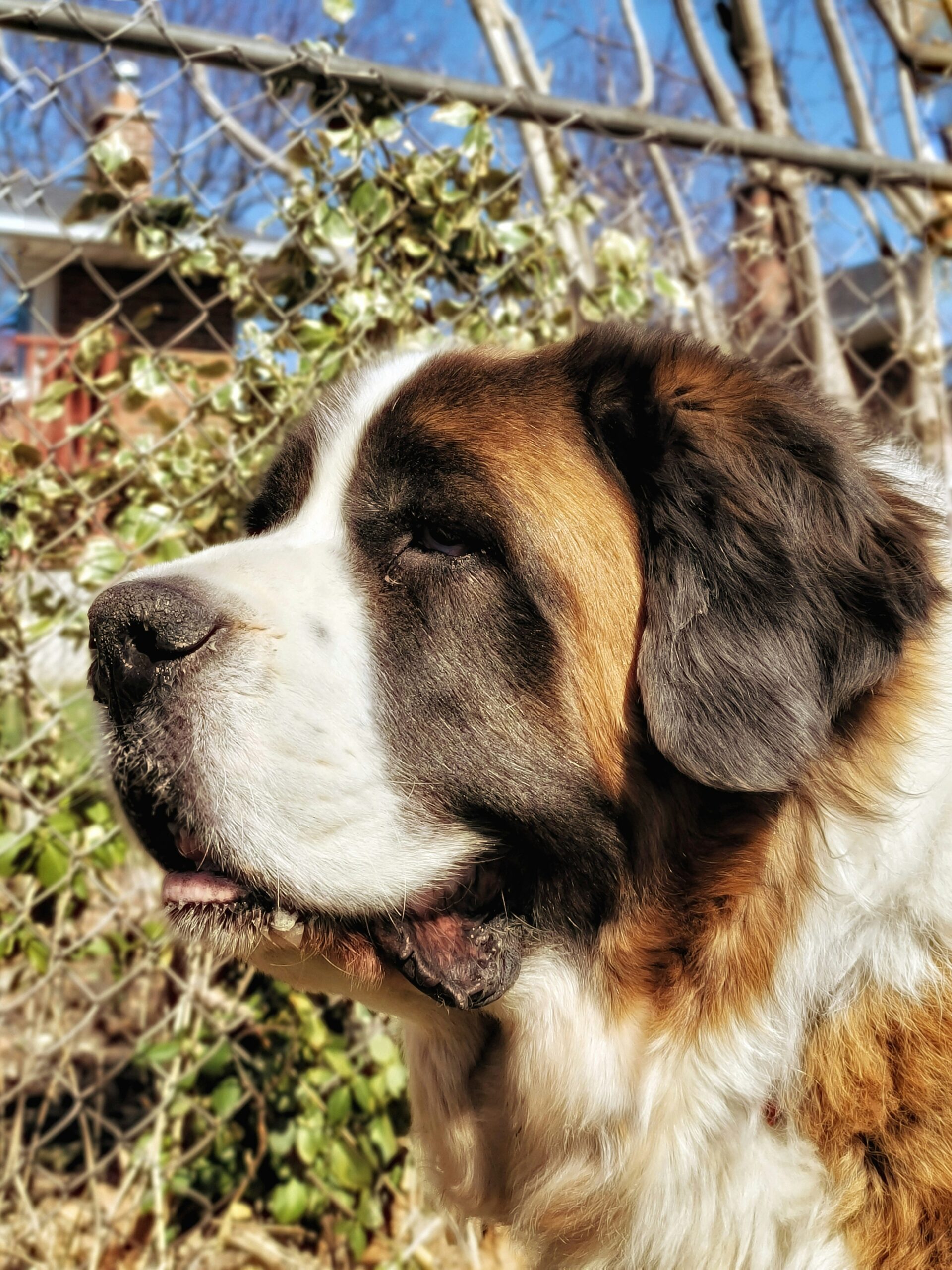If you’re drawn to big, fluffy, and downright majestic breeds, chances are you’ve got your eye on a Bernese Mountain Dog or a Saint Bernard. These two gentle giants are absolute showstoppers with their massive builds and heart-melting personalities. But while they share some similarities, they’re also quite different in ways that could sway your decision if you’re thinking about bringing one into your home. So, let’s dive into the world of the Bernese Mountain Dog and Saint Bernard, comparing everything from their looks to their quirks, to help you figure out which of these Swiss beauties might be your perfect match.

Introduction to Bernese Mountain Dog and Saint Bernard
First off, let’s get to know these two incredible breeds. Both the Bernese Mountain Dog and Saint Bernard hail from the Swiss Alps, where they were bred as working dogs with serious jobs. The Bernese was a farm dog, helping with herding and pulling carts, while the Saint Bernard became famous for rescuing lost travelers in the snowy mountains. Talk about heroic! Their historical significance isn’t just cool trivia—it’s a big part of why they are the way they are today, with strong bodies and even stronger hearts.
Understanding the differences between a Bernese Mountain Dog and a Saint Bernard is super important if you’re considering adopting one. They’ve got distinct needs, temperaments, and quirks that might mesh better with one lifestyle over another. Whether you’re an active outdoorsy type or someone who just wants a big cuddly companion, knowing what sets these breeds apart will help you make the best choice for your family. So, let’s break it down step by step and see what makes each of these dogs so special.
Physical Characteristics of Bernese Mountain Dogs and Saint Bernards
Alright, let’s talk about how these dogs look because, wow, they’re both stunning in their own way. Starting with size, both the Bernese Mountain Dog and Saint Bernard are huge, but the Saint Bernard often takes the cake as the bigger of the two. A male Saint Bernard can weigh anywhere from 140 to 180 pounds, while a Bernese Mountain Dog typically ranges between 80 to 115 pounds. Height-wise, Saints stand taller too, often reaching up to 30 inches at the shoulder compared to the Bernese’s 25 to 27.5 inches.
When it comes to coats, both breeds have thick, double-layered fur to keep them warm in those chilly Alpine winters. The Bernese Mountain Dog sports a long, silky coat with a striking tri-color pattern—black, white, and rust—that’s just gorgeous. Those white chest markings and rust-colored “eyebrows” give them such a distinguished look. On the other hand, the Saint Bernard can have either a short or long coat, usually in shades of white with red or brown patches. And let’s not forget those iconic droopy jowls and soulful eyes that make them look like they’re always ready to listen to your problems.
One unique feature of the Saint Bernard is their history as rescue dogs. Back in the day, they’d carry small barrels of brandy around their necks to revive stranded travelers—how cool is that? Their massive paws and sturdy build were made for trudging through snow, which is why they’ve got such a powerful presence. Meanwhile, the Bernese Mountain Dog’s athletic frame reflects their past as cart-pullers and herders. Both are beautiful, but their physical traits definitely hint at their different origins.
Temperament and Personality: Bernese Mountain Dog vs. Saint Bernard
Now, let’s chat about what these dogs are like to live with because personality is everything, right? The Bernese Mountain Dog is the epitome of loyalty and gentleness. They’re super affectionate with their families, often sticking to you like glue. They’ve got this calm, easygoing vibe that makes them fantastic companions, though they can be a bit reserved with strangers until they warm up. If you’re looking for a dog that’s basically a big, furry shadow, the Bernese might be your guy.
The Saint Bernard, on the other hand, is often described as a gentle giant with a heart of gold. They’re incredibly patient and calm, which is why they’ve got a rep as amazing family protectors. These dogs seem to just know when someone needs comfort, and their laid-back nature makes them a soothing presence in any home. I’ve heard stories of Saints just sitting quietly by a kid’s side during a tough moment—talk about emotional intelligence!
When it comes to kids and other pets, both the Bernese Mountain Dog and Saint Bernard are usually champs. They’re big enough not to get knocked over by rambunctious little ones, and their gentle temperaments mean they’re more likely to tolerate a toddler’s antics than snap. Of course, early socialization is key for any dog, but these breeds tend to get along well with other animals too, especially if they’re raised together. So, whether you’ve got a house full of chaos or a quiet little nook, both can adapt with the right guidance.
Health and Lifespan Considerations for Bernese and Saint Bernards
Okay, let’s get into a less fun but super important topic—health. Both the Bernese Mountain Dog and Saint Bernard are prone to certain health issues, largely because of their size. For the Bernese, hip and elbow dysplasia are common, as are certain types of cancer like histiocytic sarcoma. It’s heartbreaking, but their lifespan is often shorter than smaller breeds, averaging around 7 to 10 years. Keeping up with vet checkups and a healthy diet can help, but it’s something to be aware of.
Saint Bernards also face their share of challenges. Bloat, a life-threatening condition where the stomach twists, is a big concern for them, as are heart issues like dilated cardiomyopathy. Their lifespan is similar to the Bernese, typically ranging from 8 to 10 years, though some live a bit longer with excellent care. Both breeds can also deal with joint problems like arthritis as they age, so keeping their weight in check is crucial—those big frames put a lot of stress on their bodies.
When comparing the Bernese Mountain Dog and Saint Bernard in terms of longevity, there’s not a huge difference, but lifestyle factors like exercise, diet, and regular vet care can make a big impact. It’s worth noting that larger dogs, in general, tend to have shorter lifespans, so if you’re considering one of these breeds, be prepared for a shorter but incredibly meaningful time with your furry friend.
Training and Exercise Needs of Bernese Mountain Dogs and Saint Bernards
Let’s talk about keeping these big pups happy and healthy through training and exercise. The Bernese Mountain Dog is pretty intelligent, but they can have a stubborn streak. They respond best to positive reinforcement—think treats, praise, and lots of patience. They’re not the type to learn tricks overnight, but with consistency, they’ll get there. They were bred to work, so giving them tasks, even simple ones like carrying a backpack on walks, can keep their minds engaged.
Saint Bernards, meanwhile, are also smart but often more laid-back about training. They’re not in a rush to impress you, so you’ll need to make sessions fun and rewarding. Their exercise needs are a bit different too. While they’re not hyperactive, they do need regular walks to keep their massive bodies in shape. Without enough activity, they can pack on the pounds, which isn’t good for their joints. A couple of moderate walks a day usually does the trick.
For both the Bernese Mountain Dog and Saint Bernard, mental stimulation is just as important as physical exercise. Puzzle toys, training games, or even just letting them explore new environments can keep boredom at bay. And trust me, a bored giant dog can get into some serious mischief! Aim for a balance—don’t overdo it with exercise, especially when they’re puppies, since their growing bones need protection, but don’t let them turn into couch potatoes either.
Grooming and Care for Bernese Mountain Dogs and Saint Bernards
Alright, let’s get into the nitty-gritty of grooming because with these fluffy giants, there’s a lot of fur to manage. The Bernese Mountain Dog has that gorgeous, thick double coat that sheds—a lot. You’ll want to brush them at least a few times a week, especially during shedding season in spring and fall, to keep the fur tumbleweeds under control. Bathing every month or so is usually enough unless they’ve rolled in something stinky, which, let’s be honest, they probably will.
Saint Bernards also shed, whether they’ve got the short or long coat variety, but they’ve got an extra challenge—drooling. Those adorable jowls come with a side of slobber, so keep a towel handy, especially after they drink or eat. Brushing them weekly helps with the fur, and you’ll want to clean their facial folds to prevent irritation or infection. Both breeds need regular nail trims, ear checks, and dental care to stay in tip-top shape.
General care for a Bernese Mountain Dog or Saint Bernard also means watching their diet—don’t let them overeat, as obesity can worsen health issues. And since they’re prone to joint problems, consider adding supplements like glucosamine (with your vet’s okay) or providing comfy bedding to support their big bodies. Honestly, caring for these dogs is a bit of work, but the love they give back makes every brush stroke and drool wipe worth it.
Which Breed Suits You: Bernese Mountain Dog or Saint Bernard?
So, here’s the big question—which of these amazing dogs is right for you? Choosing between a Bernese Mountain Dog and Saint Bernard comes down to a few key factors. First, think about your space. Both need room to stretch out, but a Saint Bernard’s sheer size means they might feel cramped in a small apartment more than a Bernese would. If you’ve got a big yard or live near open spaces, either could thrive, but Saints especially love a cool, spacious spot to lounge.
Lifestyle matters too. The Bernese Mountain Dog might suit you if you’re a bit more active or want a dog that’s up for hikes and outdoor adventures. They’ve got a bit more energy than Saints, who are content with shorter walks and lots of downtime. If you’ve got young kids, both are great, but the Saint Bernard’s ultra-patient nature might edge them out if you need a dog that can handle endless toddler shenanigans.
Ultimately, it’s about matching their personality to yours. Do you want the loyal, slightly more reserved Bernese who’ll follow you everywhere, or the calm, protective Saint Bernard who’s happy to just chill by your side? My advice? Spend time with both breeds if you can. Visit breeders or rescues, chat with owners, and see which one tugs at your heartstrings more. There’s no wrong choice here—just the right fit for your life.
Conclusion: Celebrating the Bernese Mountain Dog and Saint Bernard
Wrapping things up, let’s recap what we’ve learned about the Bernese Mountain Dog and Saint Bernard. Both are incredible breeds with roots in the Swiss Alps, sharing a love for family and a gentle, loving nature. But they’ve got their differences—the Bernese with their striking tri-color coat and active spirit, and the Saint with their massive build and legendary patience. From health concerns to grooming needs, they each come with challenges, but also so much joy.
If you’re torn between these two, I can’t stress enough how helpful it is to do your homework. Read up, meet the breeds in person, and talk to folks who’ve lived with them. Every dog is unique, and sometimes it’s just a gut feeling that tells you who’s meant to be your buddy. Whether you end up with a Bernese Mountain Dog or a Saint Bernard, you’re in for a treat—these dogs bring a kind of love and companionship that’s hard to match. Here’s to finding your perfect giant pal and all the slobbery, furry adventures ahead!


Leave a Reply